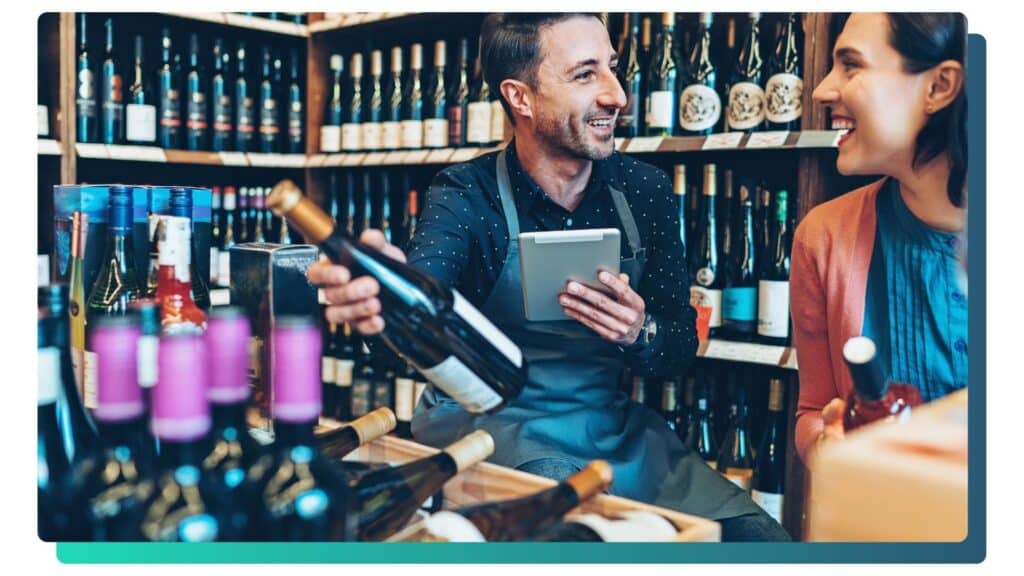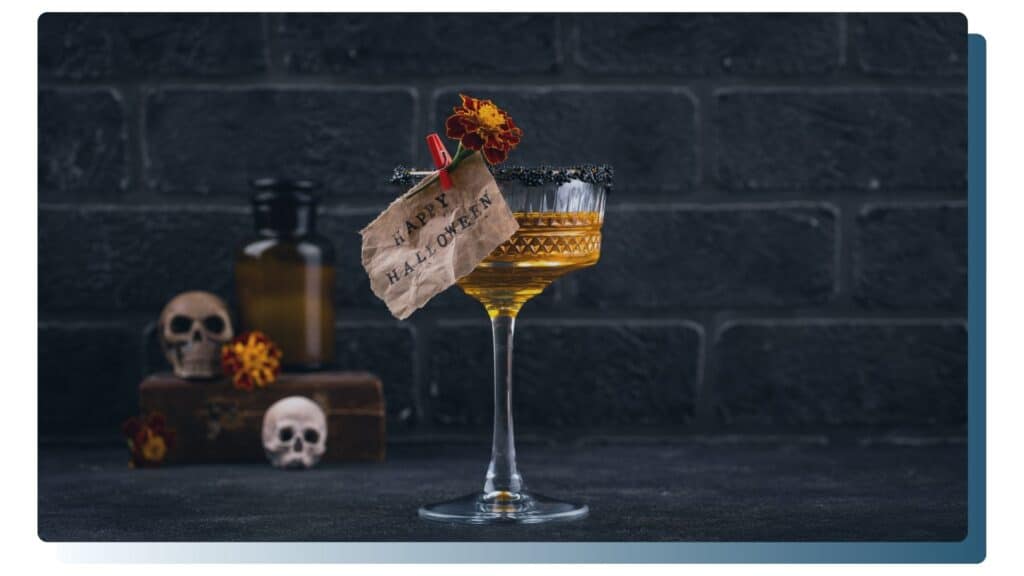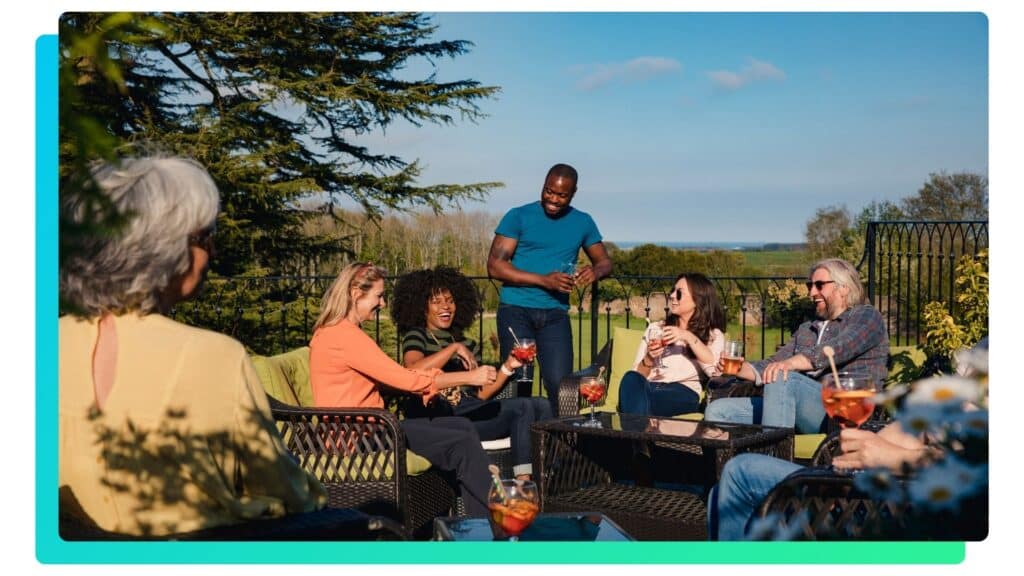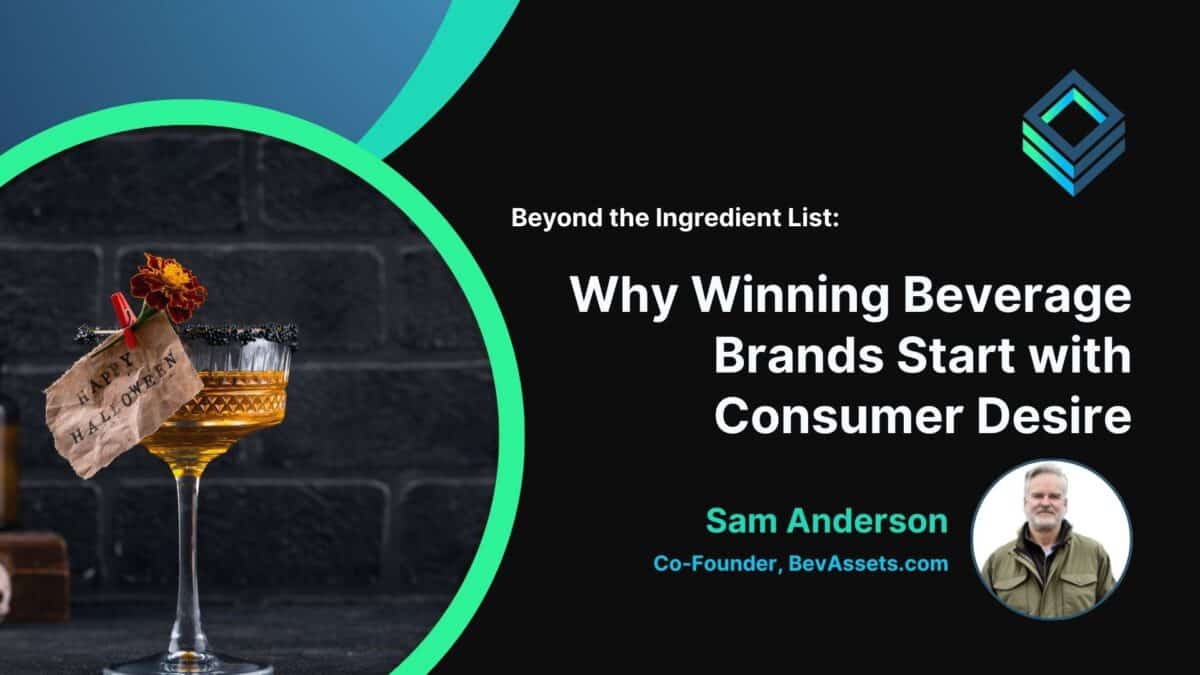Beyond the Ingredient List
Why Winning Beverage Brands Start with Consumer Desire
Walk into any beverage brainstorm today and you’ll hear the same debate: what matters more, what’s in the bottle or what the drinker actually craves? Truth is, both matter, but not equally. Ingredients can win headlines, but consumers decide who wins shelf space. The brands crushing it in 2025 are the ones that marry clean, functional decks with irresistible taste, cultural resonance, and a story that actually makes people care.
Ingredients Matter (But People Matter More)
Let’s be clear: ingredients are table stakes. Nobody’s launching a new soda, kombucha, or spirit with mystery chemicals and hoping for the best. Clean labels, plant based boosts, adaptogens, probiotics, protein if it’s buzzy and functional, it’s either already on the market or about to be. Transparency isn’t a trend anymore; it’s an expectation.
According to fresh 2025 data, three out of four consumers are seeking drinks that check at least one of these boxes: healthier, cleaner, more sustainable. That’s not a nice-to-have—it’s survival.
Why so much focus? A few reasons:
- Wellness Everywhere: Consumers want their drinks to support immunity, focus, digestion, and energy. That’s why you’re seeing probiotic sodas, adaptogenic teas, prebiotic waters, and protein hybrids flooding the shelves.
- No More Mystery Labels: Millennials and Gen Z can and will Google your ingredient list before they buy. Traceability isn’t marketing fluff anymore, it’s mandatory.
- Personalized Vibes: Drinks are now lifestyle accessories. Morning boosts, on-the-go hydration, evening wind-downs—products slot into daily rituals and social moments with precision.
The Industry Trap: Overthinking Ingredients
Here’s where it gets tricky. Some brands are so obsessed with perfecting the “functional holy grail” that they forget to ask the only question that matters: will anyone actually want to drink this?
We’ve all seen it, launches packed with exotic botanicals, obscure minerals, or “superfoods of the month” that nobody really connects with. Innovation without consumer insight is just a costly science project.
The drinks that actually break through focus on why people drink:
- A taste of indulgence or nostalgia
- A little mood lift or escape
Global flavors that feel like travel in a can - Instagram-worthy colors, aromas, and textures
- Or just…comfort, plain and simple
Take Spindrift. They didn’t reinvent water; they just leaned into recognizable ingredients and made them sparkle (literally). Or RTDs riffing on dirty sodas and espresso martinis – equal parts novelty, nostalgia, and TikTok virality.

The 2025 Ingredient Playbook
Five forces are shaping what’s in our cups this year:
- Functional Hydration
- Water isn’t just water anymore. Drinks are loaded with electrolytes, plant proteins, adaptogens, and botanicals like ginger, turmeric, and ashwagandha. If it doesn’t multitask, it doesn’t make the cut.
- Adventurous & Global Flavors
- Think yuzu spritzers, tamarind sodas, dragon fruit teas. The magic is in balancing exotic flair with something familiar (pineapple-ginger prebiotic soda, anyone?).
- Nostalgia Meets Social Media
- TikTok can turn a quirky flavor into a nationwide sellout overnight. Dirty sodas, creamy ‘90s throwbacks, candy-inspired hydration powders, if it hits both tastebuds and memory banks, it wins.
- Sustainable & Local
- Provenance is the new premium. Whether it’s a hyper-local beer brewed with regional grains or a gin made with foraged botanicals, the closer to home (and greener the footprint), the better.
- Premiumization & Customization
- Consumers will pay more for products that feel elevated. Ingredient callouts (“featuring organic ashwagandha”) and premium packaging signal quality, while flavor flights and custom kits give drinkers a sense of ownership.
What Actually Works
So what’s the formula? It’s not rocket science (though sometimes it feels like it). The winning moves are:
Start with the consumer, not the lab.
Use social listening, surveys, even DM feedback loops to hear what people want.

Test fast, fail cheap.
Prototype, sample, refine. Don’t wait until you’ve sunk millions into a formula that no one likes.
Balance function with fun.
Your adaptogens are useless if the drink tastes like grass clippings.


Tell a story worth repeating.
Ingredient decks don’t sell themselves—stories do. Show the origin, the vibe, the why.
Tools & Partners to Speed It Up
- Consumer Intel: Platforms like Tastewise or NielsenIQ are goldmines for real-time trend tracking.
- Agile R&D: Flavor houses like Flavorman are helping brands pivot fast without losing steam.
- Transparency: Digital tools now make it easy to show sourcing and sustainability in real-time.
- Ingredient Partnerships: Co-brand with functional heroes or upcycled ingredients for built-in credibility.
The Bottom Line
In 2025, ingredients matter more than ever, but only if they serve the bigger story. Winning brands aren’t chasing the latest superfruit; they’re building drinks that connect emotionally, culturally, and experientially.
The future of beverages is about curiosity, listening, and optimism. Every sip should feel like an answer to a consumer’s unspoken question: what do I actually want right now?
If you nail that, the ingredient list becomes the supporting actor, not the star.

Let’s connect and build your 2026 strategy.
Cheers to realignment and greater success!

- Sam Anderson
Just Pick Up The Phone 
Empowering individuals through meaningful connections, one person at a time.
Co-Founder BevAssets.com
✏️ Sources (Deep Dives and References)
- BevSource – Unpacking 2025 Beverage Trends
- Numerator – Beverage Behaviors: The Stories Shaping Drink Trends in 2025
- Flavorman – Flavorman Releases 2025 Beverage Trends Predictions
- Restaurant Association – We’ll Drink to That: Top Beverage Trends for 2025
- Innova Market Insights – Top Food Trends 2025
- St. Charles Trading – Premium Beverage Ingredients Innovating the Industry
- Glanbia Nutritionals – US Functional Beverage Market Insights
- LinkedIn – Ingredient Brands and Consumer Trust
- Food Industry Executive – Industry Insights: Consumers Seek Clean Label Ingredients
- Tastewise – Q3 2025 Food & Beverage Trends


